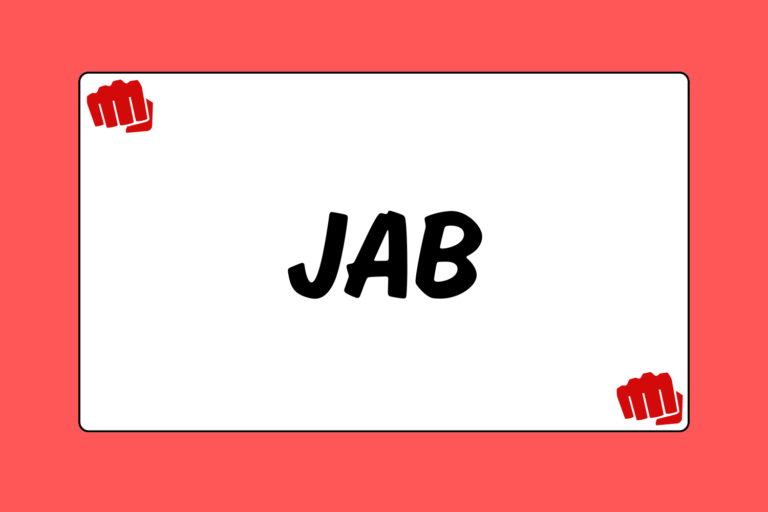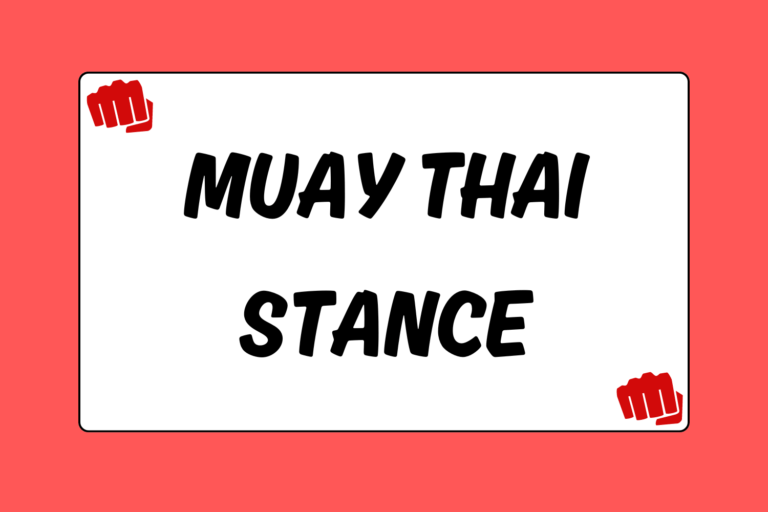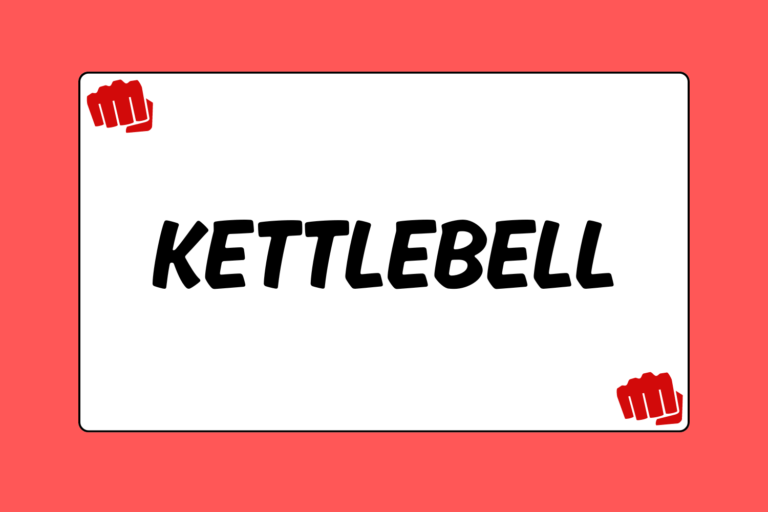Grappling headgear, often referred to as a pair of “ear guards,” is one of the most valuable pieces of protective equipment a fighter can own. Ear guards help to prevent injuries to the ears and head — the most common of which is cauliflower ear. This guide will explain the different options you have when buying headgear to help ensure that you purchase the right pair for you or your child.
Fit
Grappling headgear is typically made in two sizes: Youth and adult. Aside from these general sizes, every piece is “one size fits all” and can be adjusted to fit your head by loosening or tightening the straps on the back and top of the head. Essentially, you don’t need to worry about what size is on the label. The most important aspect of the equipment is that it can be secured to your head to prevent it from sliding or moving around.
If you’re concerned with the fit, try to seek out a pair at a local sporting goods store. Otherwise, the most common place fighters buy headgear is through the internet on wrestling equipment websites. Buying online offers the best values (between $20-$40), and the greatest selection. If you’re buying online and would like a bit more information about a specific pair of headgear, check out the “buyer reviews” or “feedback.” This should help you in your decision.
Material
There are many different materials that the “shell” (the outer portion of the headgear designed to protect the ears) can be made out of. Each type of material serves a different purpose and each design aims to fit the various needs of a fighter. Below are the different options of headgear material:
- Soft shell: Soft shell headgear is typically made from polymer, or another soft rubber or cloth-like material. This is the best option for youth fighters because the material makes the headgear more comfortable for the user, and doesn’t cause opponents any pain.
- Hard shell: Hard shell headgear is typically lighter than other types of headgear. This is because the outer shell is made from durable, hard plastic. Also, the shell typically has openings that allow for better hearing.
Hot Tip: Chin Strap
The chin strap is the strap that goes either goes across or underneath a fighter’s chin to keep the headgear in place. Recently, “chin cups” have increased in popularity. Some fighters may find chin cups more comfortable because the strap may be secured to the chin rather than under the chin, relieving pressure off the throat.
Straps
Headgear typically comes with three to five straps that connect both shells to help secure them to the ears. The general rule is that the more straps, the better. While there are exceptions to the rule, three strap headgear typically does not stay in place as well as a four or five strap piece. The advantage of having more straps is that the user is better able to personalize the headgear — by securing the multiple straps — for the exact fit and security. This is extremely important. Although headgear is designed to prevent injuries, loose headgear will actually rub against your ears, increasing the likelihood of cauliflower ear and other types of head and ear injuries.
Fighter Approved
You should now have a better idea of what to look for when choosing grappling headgear. There are many options to choose from. But if you shop with these basic points in mind, you will be able to find a pair of ear guards that suit you or your fighter’s needs. If you are still undecided about what type of headgear to choose, ask a coach or a teammate for recommendations. Typically, the best grappling headgear on the market is also the most popular, so take a look at what some of the best fighters are wearing during training. Good luck!





